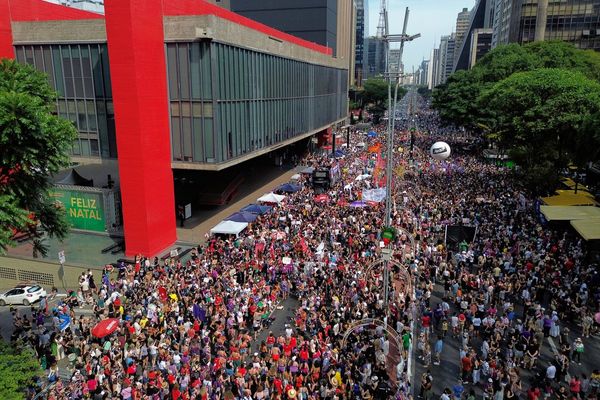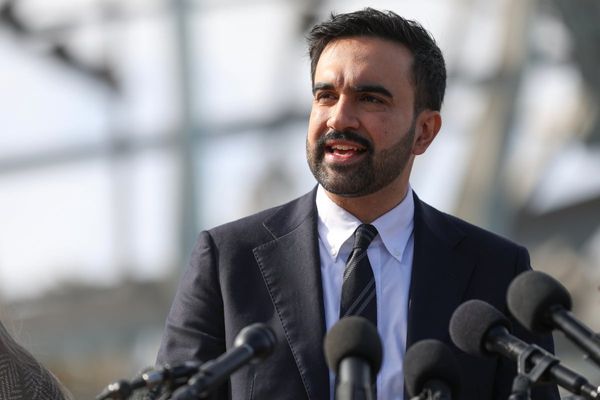Black smoke has funnelled out of the Sistine Chapel, signalling that the first vote to appoint a successor to the late Pope Francis has been inconclusive.
Millions await the results of the secret conclave, for which 133 cardinals have gathered in the Sistine Chapel for the election process. They gathered at 4.30pm local time on Wednesday in the 15th-century chapel for the first ballot.
Thousands of faithful gathered in St. Peter's Square waiting for smoke to pour from a narrow flue on the roof of the chapel at the end of a day rich in ritual and pageantry.
The crowds had to be patient as it took longer than expected for the smoke to appear, more than three hours after the start of the conclave.
This was an hour more than it took for smoke to be seen after the first vote in the 2013 conclave that picked the late Pope Francis.
Pope Francis died on 21 April after more than a decade as head of the Church. He was buried on 26 April.
It is the largest and most diverse conclave to decide the next pope, with many of the appointees, from 70 countries, picked by Pope Francis himself.
Onlookers had expected to see black smoke after the first round of voting, a sign that no candidate had secured the two-thirds support necessary to win the papacy, and the cardinals will reconvene tomorrow for up to four more votes.
Earlier on Wednesday, Cardinal Giovanni Battista Re said the election of the new pope “is not a simple succession of persons”, in his homily during Mass at St Peter’s Basilica.
He urged cardinals to pray “God will grant the Church a Pope who knows how best to awaken the consciences of all and the moral and spiritual energies in today’s society.”
“May the Blessed Virgin Mary, Mother of the Church, intercede with her maternal intercession, so that the Holy Spirit will enlighten the minds of the Cardinal electors and help them agree on the Pope that our time needs,” he said.
Though there is no specific schedule for the votes, they tend to finish around mid-morning, noon, mid-afternoon and evening.
The process will repeat until one candidate has secured the necessary votes, after which white smoke will appear from the chimneys of the Sistine Chapel.
While the conclave for the late Pope Francis lasted just a day, the longest in history lasted nearly three years with the election of Pope Gregory X in 1271. It was also the first conclave in modern history.
After a new pope is appointed, the bells of St Peter’s Basilica will be rung to confirm the successful conclusion of the conclave. The senior cardinal deacon will then announce the new leader from the balcony of St. Peter's Basilica.
Several candidates have emerged as frontrunners to succeed Pope Francis, including his top advisor Cardinal Pietro Parolin and fellow liberal Luis Antonio Tagle, the Filipino nicknamed “Asian Francis”.
But there are a number of more conservative candidates also in the running, including Hungarian traditionalist Peter Erdo and Congolese Cardinal Fridolin Ambongo Besungu.
The voting cardinals, all of whom have to be under the age of 80, are sequestered during the conclave and cannot communicate with anyone else. They are sworn to secrecy, never to discuss what happens during the conclave.
Once a vote is concluded, the ballots are burned in a stove with a mixture of chemicals, either to produce black or white smoke.
Five reasons why previous non-European papal candidates have fallen short
Watch: Smoke signal shows whether new Pope has been chosen
Conclave to elect new pope begins with prayer – and oaths of secrecy
Papal Conclave live updates: Black smoke pours from Sistine Chapel chimney after vote
Biden accuses Trump of ‘modern day appeasement’ as Putin prepares for victory parade
Vance denies ‘wedge’ between US and Europe – despite jabs at America’s allies







